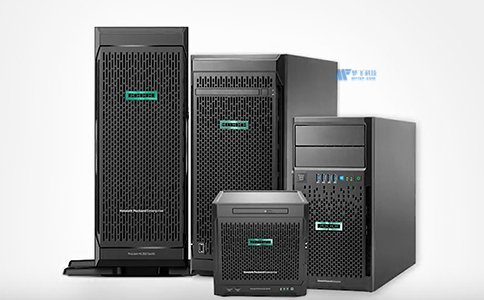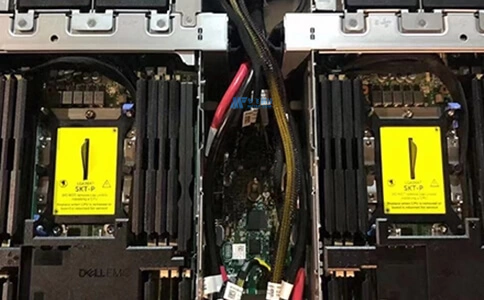How to Efficiently Deploy Multiple Websites on a Dedicated Server? These Configuration Issues Are Crucial
With the increasing demand for website creation by businesses and individuals, more people are opting to deploy multiple websites on a dedicated server. By configuring the server properly, you can optimize resource usage, improve management convenience, and ensure the security and performance of each website. This article will analyze the key configuration issues to consider when deploying multiple websites on a dedicated server.

1. Virtual Host Configuration: Ensure Isolation Between Websites
When deploying multiple websites on a dedicated server, the first consideration is the configuration of virtual hosts. Virtual hosting allows one server to host multiple websites. Each website can be directed to a different folder path using different domain names, preventing interference between them.
Key Points:
- Use web server software like Apache or Nginx to configure virtual hosts.
- Ensure each virtual host has an independent root directory and a separate domain name.
- Appropriately set resource limits (such as CPU and memory) for each virtual host to prevent one website from affecting the others.
2. Resource Allocation and Management: Avoid Server Bottlenecks
When deploying multiple websites on a dedicated server, proper resource allocation is crucial. Each website needs CPU, memory, and disk space. If multiple websites share the same server, over-concentration of resources can lead to a decline in server performance, affecting website load times or stability.
Key Points:
- Allocate server resources based on each website’s traffic and requirements to avoid resource contention.
- Set resource limits (e.g., using cgroups) to prevent one website from monopolizing too many resources.
- Consider implementing server monitoring to detect and address performance bottlenecks in a timely manner.
3. Security Settings: Prevent Cross-Site Attacks and Data Leaks
When multiple websites share a server, security becomes even more important. If one website is attacked, the attacker may attempt to infiltrate the entire server, compromising the security of other websites.
Key Points:
- Create separate users and directories for each website to avoid cross-site attacks.
- Enable firewalls and SSL encryption to protect user data.
- Regularly update server and website software to patch vulnerabilities.
4. Database Management: Ensure Data Isolation and Efficient Querying
When multiple websites share the same server, database configuration and management need to be handled carefully. To avoid data leakage and conflicts, it’s recommended to set up independent databases for each website.
Key Points:
- Use separate database instances for each website to avoid data conflicts.
- Configure database access permissions to ensure only the relevant website and users can access the respective database.
- Optimize database performance to ensure query efficiency and prevent overload from multiple websites.
5. Domain Name Resolution and SSL Configuration: Ensure Smooth and Secure Website Access
When deploying multiple websites on a dedicated server, domain name resolution and SSL configuration are critical. Each website needs to resolve correctly to the appropriate IP address and use SSL certificates to secure user privacy and data.
Key Points:
- Configure DNS resolution so each website’s domain name points to the correct server IP address.
- Obtain SSL certificates for each website individually or use a multi-domain SSL certificate to secure data transmission.
- Use HTTP/2 or other protocols to optimize website loading speeds.
6. Website Backup and Disaster Recovery: Safeguard Data Security
While server performance and security configuration are crucial, website data backup and disaster recovery strategies must not be overlooked. Regularly backing up each website's files and databases ensures rapid recovery in case of issues.
Key Points:
- Set up automated backups to regularly back up website files and databases.
- Store backup files in different physical locations to protect against server hardware failures or data loss.
- Create a disaster recovery plan to ensure quick restoration of services.
7. Website Performance Monitoring: Ensure Smooth Operation of Each Website
Finally, to ensure the proper operation of multiple websites on the server, performance monitoring is essential. Regularly check the server’s resource usage and address potential issues promptly.
Key Points:
- Use tools like Zabbix or Prometheus to monitor server performance, including CPU, memory, bandwidth, and disk usage.
- Monitor website traffic and response times to ensure websites remain stable.
- Set up an automated alert system to address issues quickly if any abnormalities arise.
Conclusion
Deploying multiple websites on a dedicated server not only optimizes resource usage but also allows centralized management of multiple websites. However, it comes with challenges related to resource management, performance optimization, and security. Hopefully, the configuration issues outlined in this article will help you better understand and address these challenges, ensuring that multiple websites run smoothly, efficiently, and securely on the same server.

